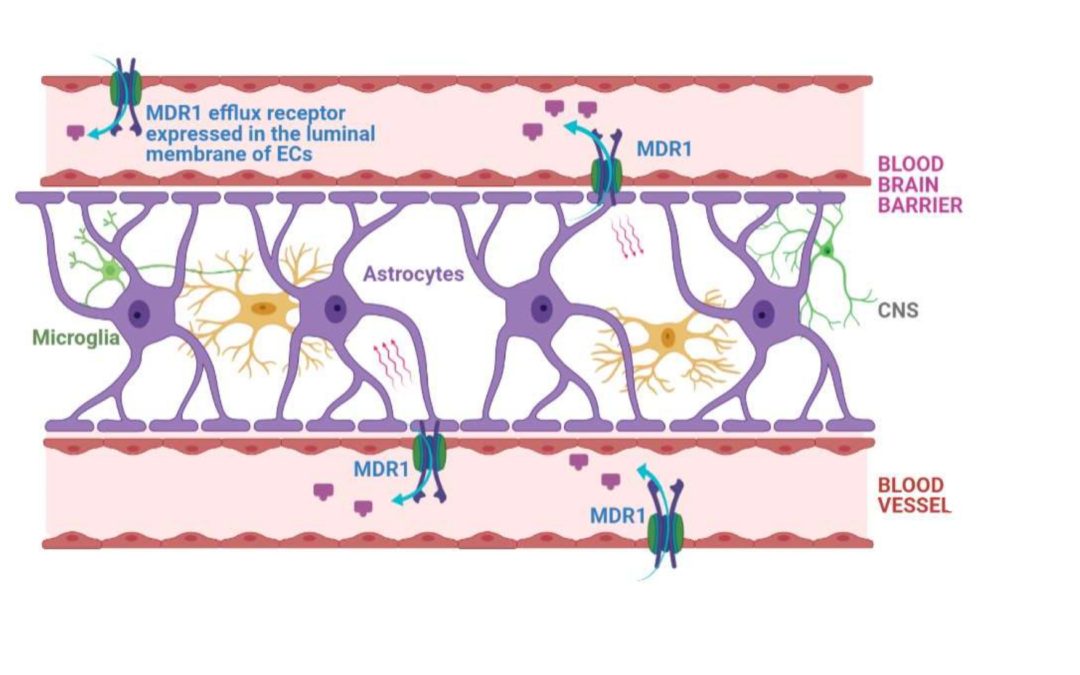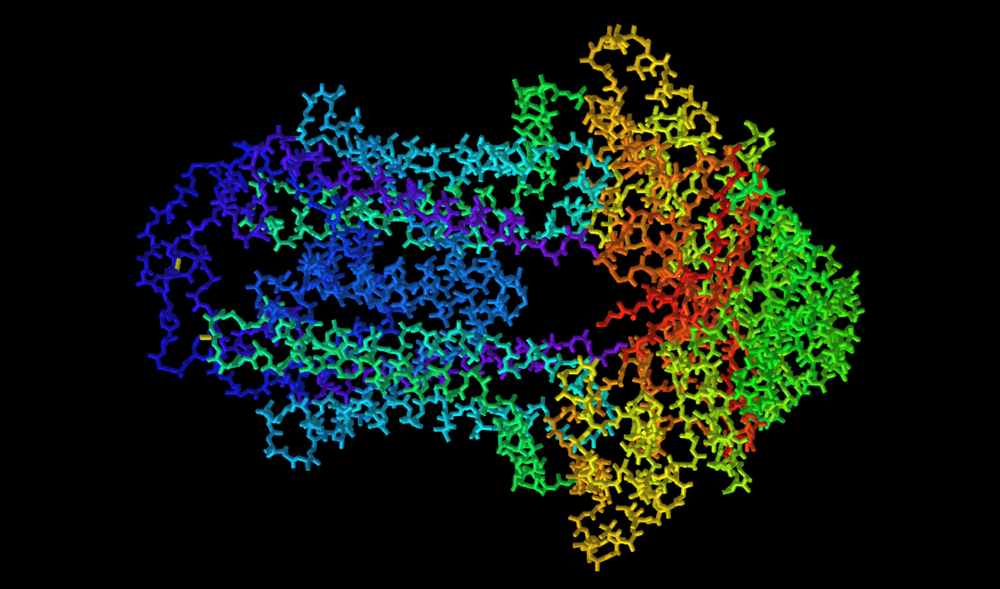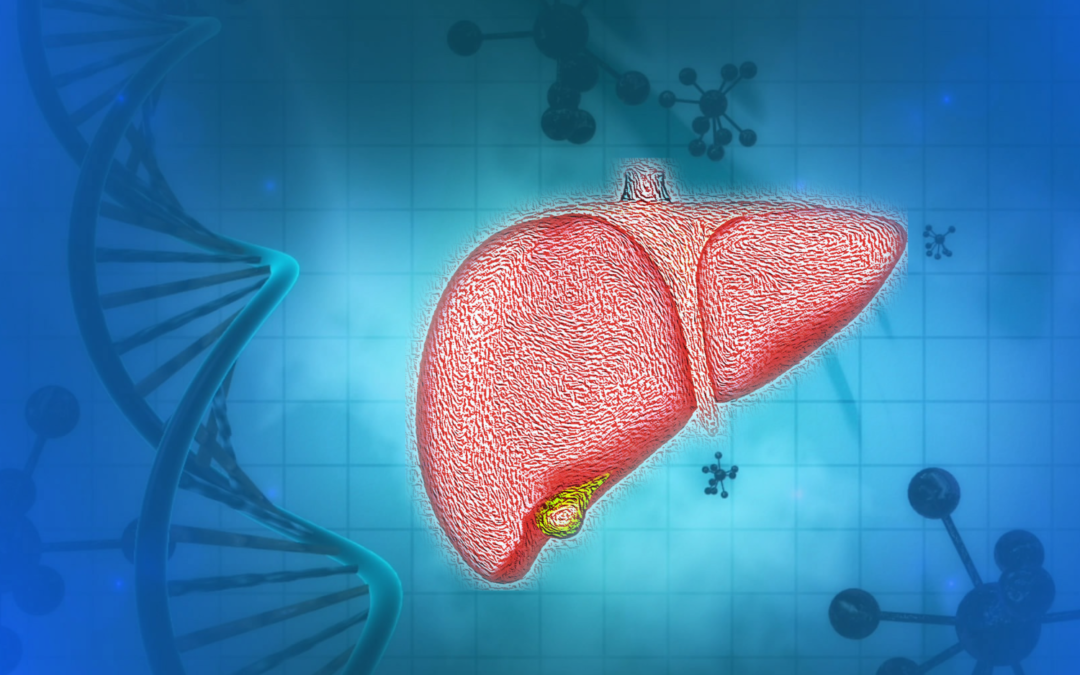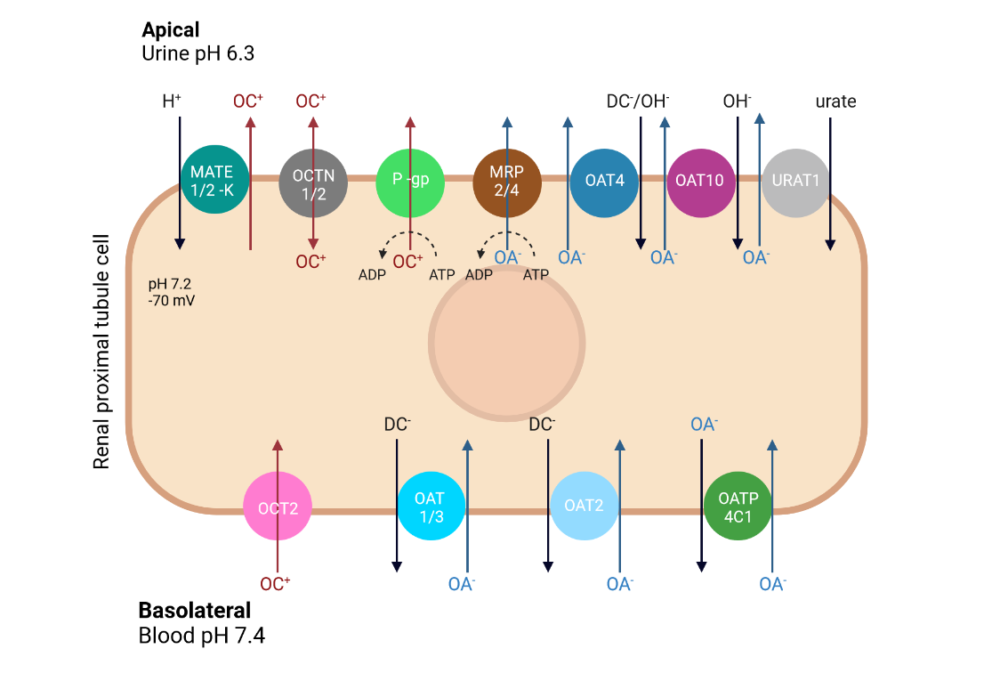
Sep 28, 2023
In preclinical research, the choice of the appropriate well system format – whether it’s a transwell, non-transwell, or individual transwell – can significantly impact the outcome of experiments. Selecting the correct plate is crucial to working with permeability, toxicity, drug screening, or other assays.

Apr 6, 2023
MDCKII cells based in vitro system is a recommended model to evaluate blood-brain barrier permeability during CNS action novel compounds.

Mar 2, 2023
Publications have confirmed the importance of developing safe chemical agents using membrane transporter analysis as a criterion. This is reflected in the field of pesticides, one of the areas in which this analysis has been most widely applied.

Sep 29, 2022
The presence of the superfamily members of the ATP binding cassette (ABC) transporters is well established as the main cause of multidrug resistance, since they efflux therapeutic compounds from cells and reduce the intracellular drug levels.

Jul 27, 2022
OATP1B1 and OATP1B3 are two influx transporters of the SLCO gene family that are primarily expressed in the sinusoidal membrane of hepatocytes.

Jun 28, 2022
Understanding the role of these transporters in the clearance of new molecular entities (NME) is normally performed in-vitro at the early stages of drug development.







